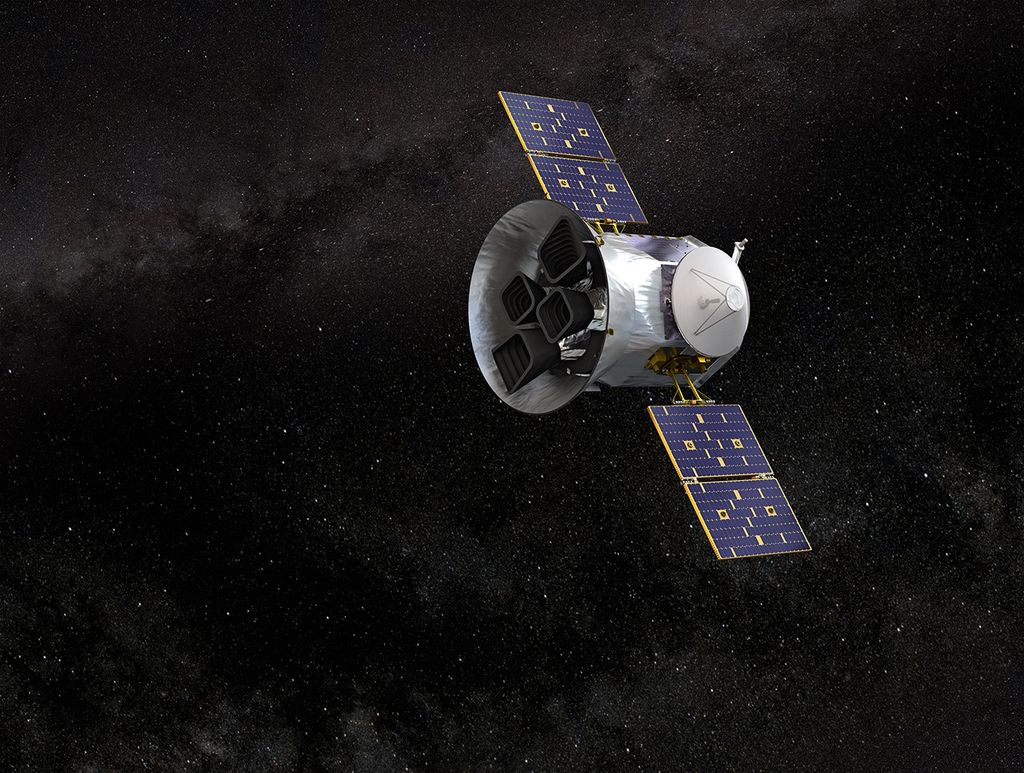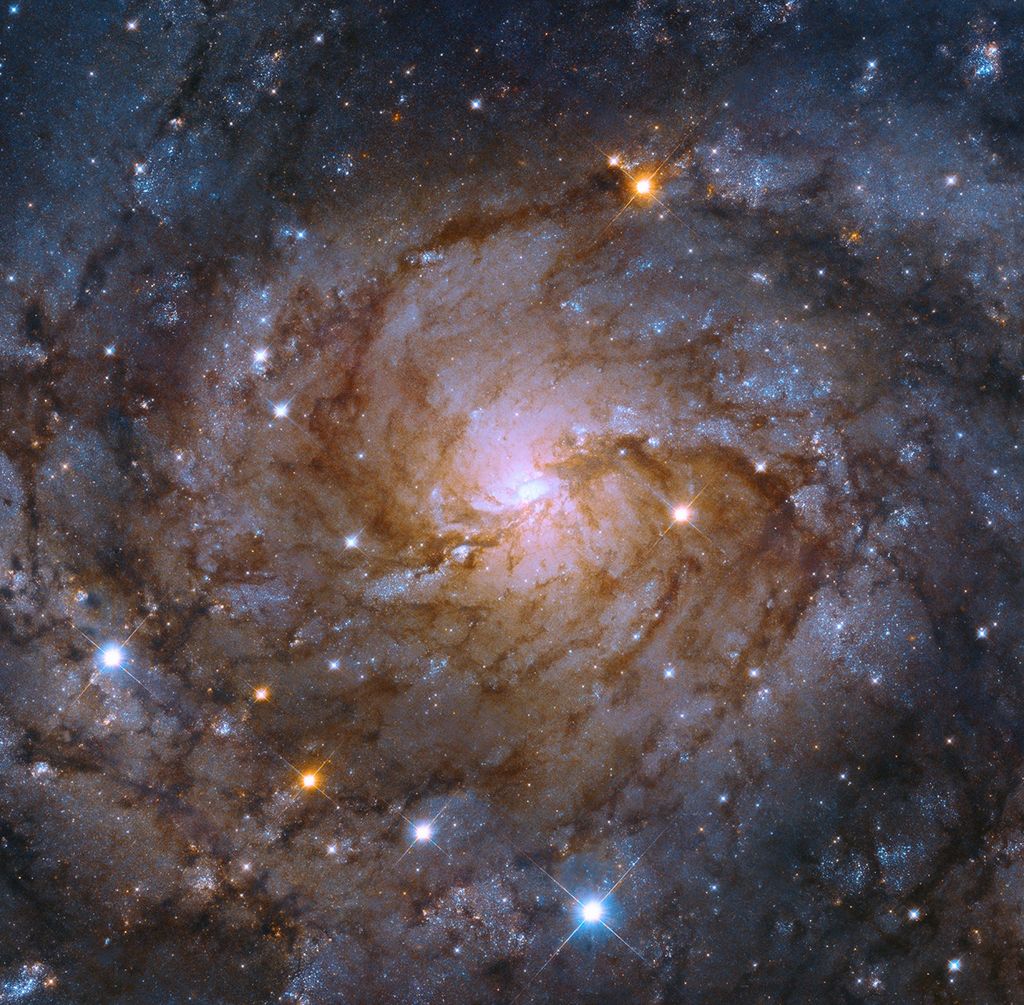MOFFETT FIELD, Calif. — An astronaut aboard the International Space Station will control NASA’s K10 planetary rover at the agency’s Ames Research Center in Moffett Field, Calif., from 8-11 a.m. PDT Friday, July 26, and media are invited to watch.
The event, the second in a series of surface telerobotics tests to examine how astronauts in space can remotely operate a robot on the ground, will take place at Ames’ Roverscape, an outdoor robotic test area the size of two football fields. Journalists will see the robot deploying an antenna under the interactive, remote control of an astronaut orbiting hundreds of miles overhead and tour the Roverscape as ground controllers assist the astronaut during the deployment. Senior managers, students and engineers supporting the work in Ames’ Intelligent Robotics Group will be available for interviews.
Surface telerobotics is part of NASA’s Human Exploration Telerobotics Project, which uses the International Space Station to test new remotely operated robots, modes of control, and operational concepts.
The primary objective of the K10 rover project is to understand how advanced, remotely operated robots can improve astronaut safety, enhance science activities and increase mission success while also reducing the cost, risk and use of consumables, such as fuel and oxygen, during future exploration missions.
The K10 robot stands about 4.5 feet tall, weighs about 220 pounds. It drives and steers with four wheels and can travel about three feet per second, a little slower than the average person walks. For the surface telerobotics tests, K10 is equipped with multiple cameras and a 3-D scanning laser system to perform survey work, as well as a mechanism to deploy the simulated radio antenna.
The surface telerobotics tests simulate a possible future mission involving astronauts aboard NASA’s Orion spacecraft traveling to the L2 Earth-moon Lagrange point 40,000 miles above the far side of the moon. L2 is the point in space where the gravity of Earth and the moon are balanced so that a spacecraft easily can maintain a stationary orbit. From such a location, astronauts could operate a robot remotely to perform surface science work, such as deploying a radio telescope. This mission concept was developed by the Lunar University Network for Astrophysics Research at the University of Colorado in Boulder.
Reporters who are U.S. citizens may participate in the event by contacting Rachel Hoover at rachel.hoover@nasa.gov or 650-930-6149 by 5 p.m. Thursday, July 25.
For information about Ames and directions to the center, visit:
For more about the International Space Station and its crew, visit:
For information about the Human Exploration Telerobotics project, visit:
https://www.nasa.gov/telerobotics
For more information about the K10 robot, visit:
https://www.nasa.gov/centers/ames/K10/
-end-
David E. Steitz
Headquarters, Washington
202-358-1730
david.steitz@nasa.gov
Rachel Hoover
Ames Research Center, Moffett Field, Calif.
650-604-4789
rachel.hoover@nasa.gov




























